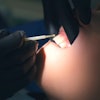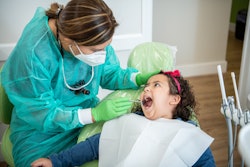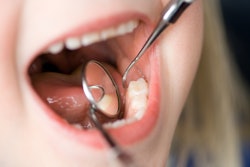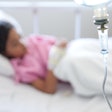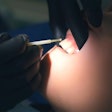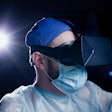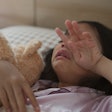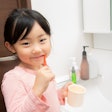Smartphone photographs of a child’s mouth taken by parents may accurately detect caries during teledentistry appointments, according to a study recently published in the Journal of the American Dental Association.
When parents followed a written photo guide, the frontal, upper, and lower occlusal images they took showed high sensitivity and specificity, the authors wrote.
“Parent-obtained smartphone photographs can provide accurate and clinically meaningful detection of frank caries in the primary and mixed dentitions,” wrote the authors, led by Dr. Mirissa D. Price of the Meharry Medical College School of Dentistry (JADA, June 26, 2025).
For this cross-sectional study, parents of 138 pediatric dental patients under 13 years old submitted intraoral smartphone photos for teledentistry consultations from July 1 through October 30, 2020, before their scheduled dental procedures under general anesthesia. The study compared diagnoses made from these photos with clinical findings recorded in the operating room, they wrote.
Parents followed a written guide to take three images, including frontal, maxillary occlusal, and mandibular occlusal. The study assessed both hard- and soft-tissue conditions, such as caries, demineralization, enamel defects, plaque, gingivitis, and sinus tract infections.
All photographic views showed high specificity for detecting caries, ranging from 97.1% to 100%. Sensitivity was lower for the mandibular anterior teeth at 67.2% (95% confidence interval [CI], 53.5% to 79%), but combining maxillary occlusal and frontal images improved sensitivity to 94.8% to 99.1% for detecting caries in primary teeth, they wrote.
Additionally, similar results were seen in mixed dentition. Combined photos had an accuracy of 94.1% to 100%, with positive likelihood ratios above 33.3, reaching as high as 132.7 for primary dentition. However, sensitivity was lower for identifying demineralization and soft-tissue issues.
However, the study had limitations. The inclusion of high-caries-risk patients requiring treatment under general anesthesia may have inflated sensitivity, limiting how well the findings apply to other populations, the authors added.
“Our study results invite further investigation of the usefulness of parent-obtained smartphone photographs for teledentistry in children with lower caries risk, and whether teledentistry increases access to oral health care, provides convenience, and reduces cost,” Price and colleagues wrote.



